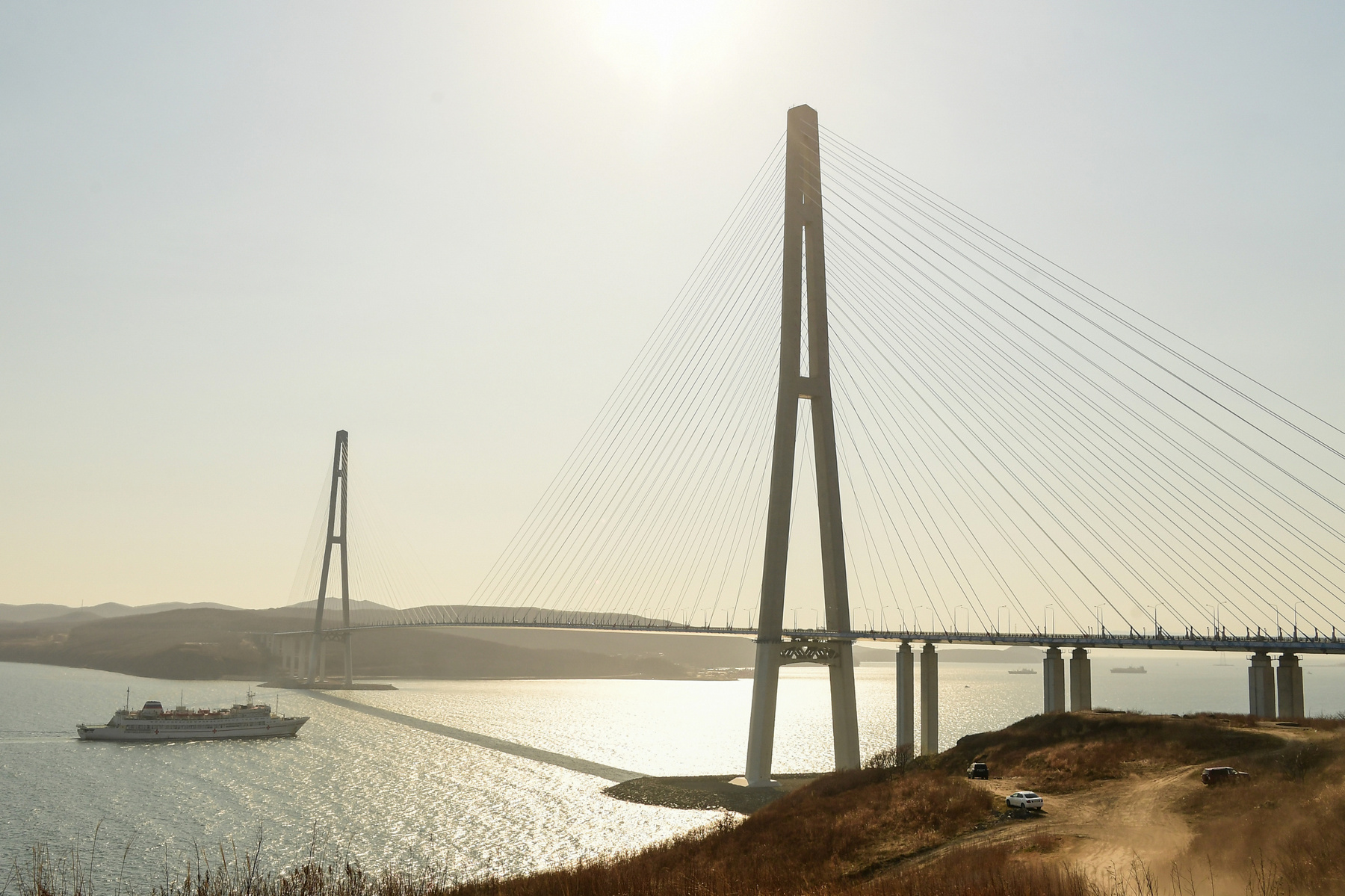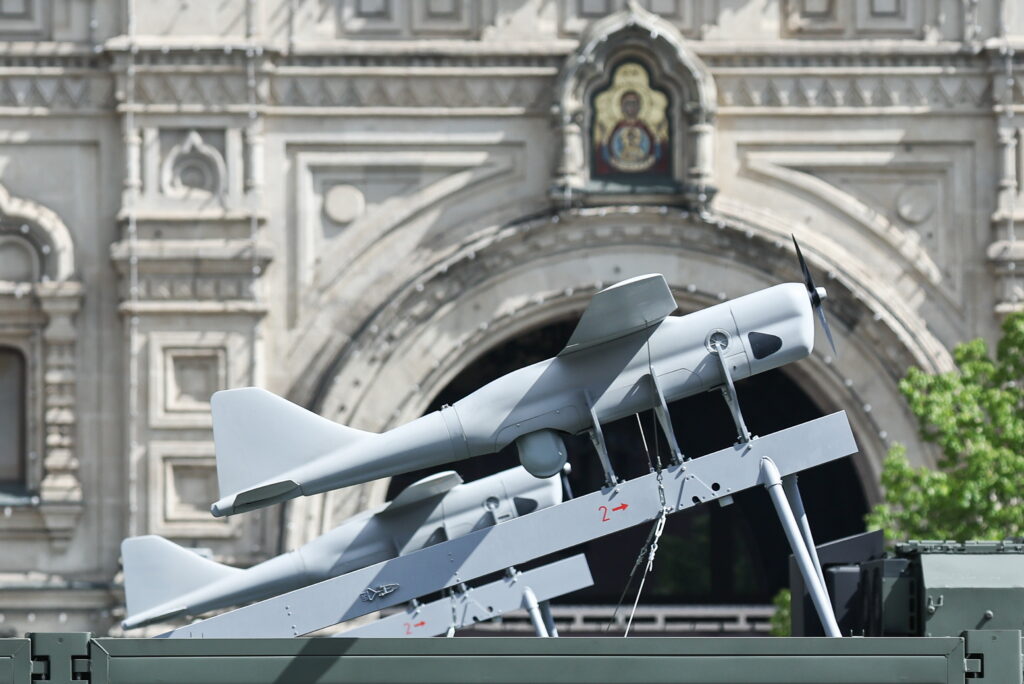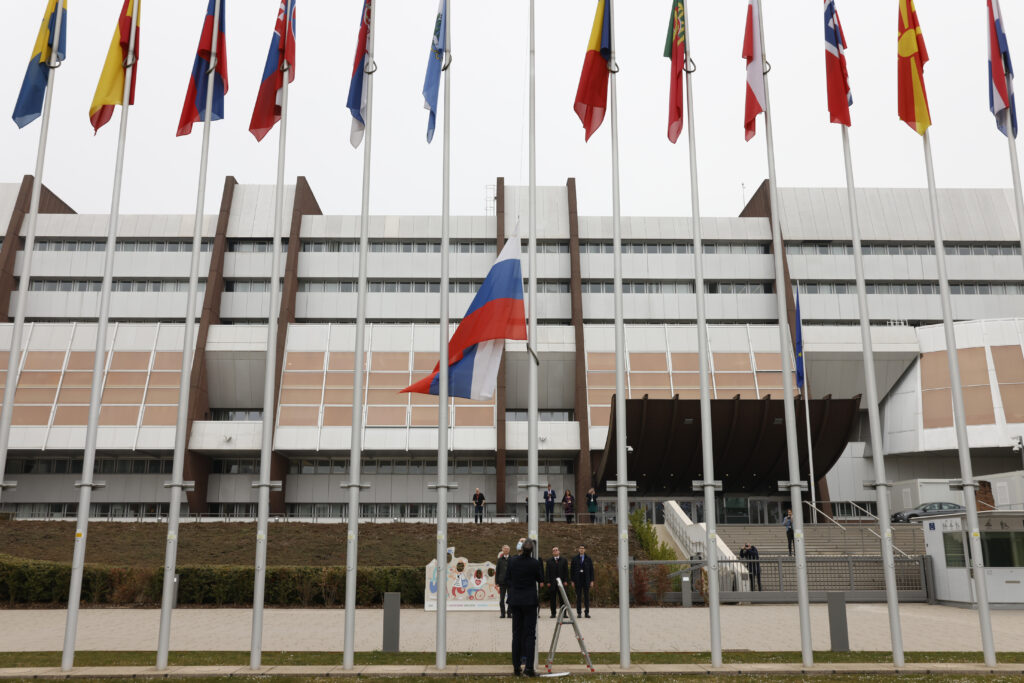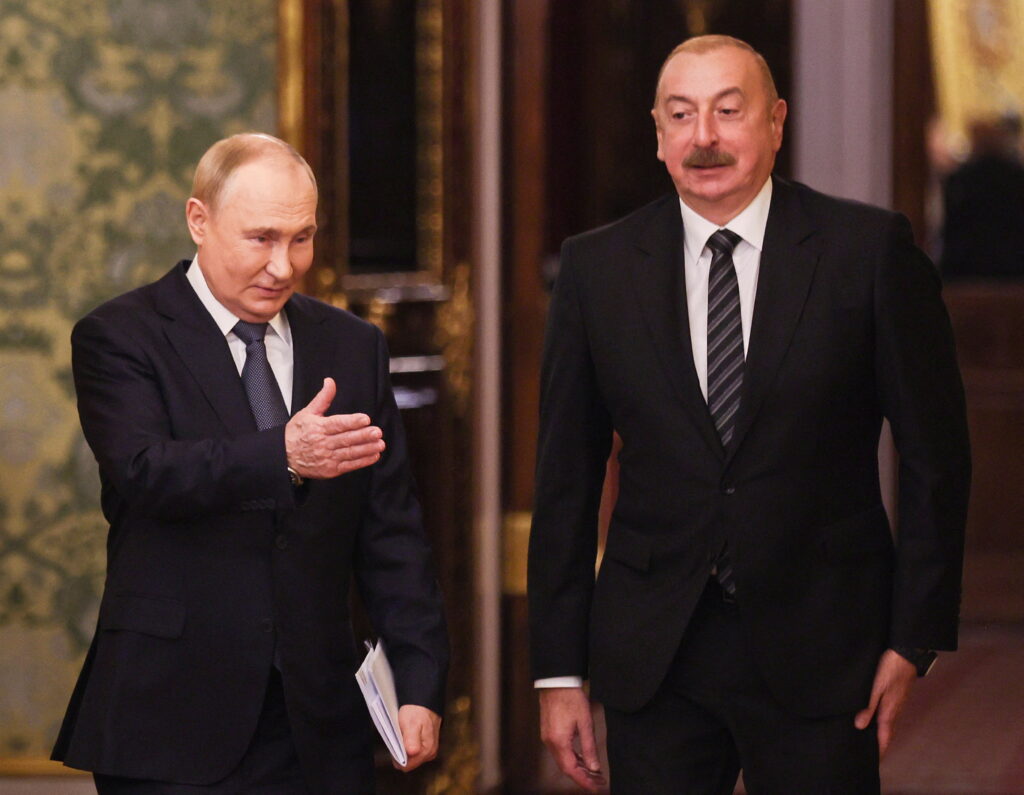The Russian Far East (RFE) is supposed to play a decisive role in what has been labelled the country’s Pivot to the East (povorot na Vostok). The pivot gained traction among the policy-making elite in Moscow after the annexation of Crimea in 2014. But there had been earlier moves in a similar direction. The global financial crisis of 2008 spurred various initiatives designed to strengthen both the development of the Far Eastern Federal District or Dal’nevostočnyj federal’nyj okrug (DVO) as well as the geopolitical and economic presence of Russia in the Asia-Pacific region (APR). Key elite actors from Sergey Lavrov to Dmitri Medvedev to Vladimir Putin himself have repeatedly made a case for the interrelationship of RFE’s socio-economic development and the firm stance Russia should be adopting in the APR.
Often, that strategic recalibration tends to be discussed in terms of Sino-Russian relations, geopolitical tensions in the APR, or emerging public interest in Arctic issues. What is the place of the RFE in this grand strategic setting? Have there been tangible results for this vast region ranging from Yakutia and Chukotka in the North to Buryatia and Primorye in the South?
Occupying about 4o % of its territory, the RFE accounts for a mere 5,6 % (8.2 mio.) of Russia’s population. According to Rosstat data from 2018, it makes up 6,12 % of total GNP. Measured in per-capita terms, however, the DVO ranks fourth amongst the eight federal districts. That said, given the structural obstacles the RFE is facing, any state strategy aiming at merely adjusting the region’s socio-economic indicators to the levels of the leading Russian regions would be doomed to fail.
In turn, making the structural constraints which the Far East is facing into a fatalist tale of inescapable Eastern backwardness would be equally misleading. Indeed, territorial vastness, peripheral peculiarities and a lack of both infrastructure and human capital constitute powerful structural challenges. Seen from a historical-comparative perspective, however, it is clear how countries confronting equally challenging obstacles have managed to foster regional development.
To develop the RFE, the Russian state pushed new measures. For example, building on the schemes of Special Economic Zones, Russia’s planners have come up with so-called Territories of Advanced Development (Territorii operezhayushchego razvitiya, TOR). In the RFE, 18 such zones exist. They offer – at least on paper – preferential tax regimes, basic infrastructural conditions on the production site and state support in finding skilled workforces. This said, each of those zones is part of a local politico-economic and infrastructural setting. Thus they tend to constitute a detached tactic of federal economic planning, instead of relating to a more comprehensive strategy. Worsening the situation is the rather sorry and highly porous state of the Soviet-installed Far Eastern electricity and energy grid. There are still unsettled land issues and bureaucratic inertia as well. These provide fertile ground for politicizing the implementation of TORs on the ground.
TORs are embedded in a set of newly created institutions, like the Ministry for the Development of the Far East and the Arctic, the Far East Development Corporation (formally responsible for the TORs), the Far Eastern Development Fund (part of Vnesheconombank) and the Far East Investment and Export Agency. Ultimately each of these institutions strives for attracting and channelling domestic and foreign investment into Far Eastern projects. Yet taken together, they tend to confront willing investors with a contradictory and hardly amenable assemblage of state and non-state agencies.
Thus far TORs have failed to trigger the envisaged massive investment boom. Still, data from the Central Bank of Russia (CBR) shows 15 % of FDIs flowing into Russia in 2018 went to the RFE. Compared to 2 % in 2012, this can be considered a significant quantitative achievement. Then again, the increase is mostly related to energy projects. One should note, moreover, that the CBR data ignores informal economic activities, small investments, for example by actors engaged in cross-border trade, and offshore investments that, according to Ivan Zuenko from the Russian Academy of Science, constitute up to 95% of foreign investment in the RFE.
Without doubt, two hitherto achievements of the pivot have been the infrastructural modernization of Vladivostok since the APEC summit in 2012, and the establishment of the annual Eastern Economic Forum as an international platform for high-level investors from the APR. Moreover, the city has been operating under a so-called Free Port regime since October 2015. Although few visitors would doubt that the city has decisively gained in attractiveness over the past decade, its future trajectory remains an open question. Competition from much larger and more capable Chinese ports and uncertainties concerning Vladivostok’s future role within the Northern sea route foreshadow the challenges ahead.
Part of the hope for increasing amounts of investments for the RFE lies in the relations to China. (Russia shares a common border with China of more than 4200 km.) The months following the annexation of Crimea in March 2014 saw a massively inflated appraisal of the opportunities that would presumably arise from closer ties with China. On 2 December 2019, Sila Sibiri has been launched, the pipeline necessary to make the fulfil what Gazprom knows as the “contract of the century.” That contract is indeed a major deal, concluded in May 2014 on gas deliveries to China for over 30 years. It constitutes the first part of a yet to be finished Chinese gas route of more than 8,000 kilometres and triggering a massive $47 billion in investments for the built-up of the pipeline itself, the Amur gas processing plant as well as the development of the Chayanda and Kovykta fields. However, there have been no broad spillover effects to local businesses in Siberia or the RFE from this project.
Still, China has become Russia’s biggest trading partner on a country-by-country basis. The regular proclamations of quantitative successes, however, obscures qualitative assessment of the RFE’s role in trade relations. Much of the turnover stems from trade in natural resources. It does not spur the growth of Far Eastern businesses that could hook up with Chinese markets. That relates to a generalizable pattern of business activities in the RFE. Far Eastern small- and medium-size businesses have hardly seen any opportunity to link with the large-scale symbolic projects. Meanwhile, the big and vertically integrated players of Russia’s oligopolized political economy – Gazprom, Rosneft, Novatech, Sibur – are busy getting a foothold.
What is more, these days Russia’s business community is fixated on the opportunities that an emerging Asian middle-class of soon to 2.5 billion people might entail in terms of agricultural production in the RFE. Xi Jinping recently may have been showing a predilection for Russian ice cream, certainly. Yet non-tariff barriers make it hard for Russian producers to enter the Chinese market, large and lucrative as it may be. It will be one of the toughest challenges for Russian foreign economic policy-making to open up more actively and strategically such market niches for Russian companies in China. And it will be even tougher to ensure it benefits the small businesses of Russia’s east.
The coronavirus fallout
Against this background, the recent COVID-19 pandemic might worsen an already challenging socio-economic environment. In Blagoveshchensk, for example, Chinese restaurants, student exchange programs and transborder trade have come to a sudden halt, damaging a local economy based on short-haul trading opportunities with China. In Khabarovsk, residents have felt the consequences in their pockets, when prices for fruits and vegetables rose sharply after a temporary import ban that was lifted later without prices reaching the levels before the outbreak.
Regarding Sino-Russian trade more broadly, Anton Siluanov, Russia’s Finance Minister, already in February estimated a daily loss of one billion rubles ($15.68 million). With 1.5 mln. Chinese tourists visiting Russia in 2019, the current standstill is also a significant setback both to the whole of Russia’s tourism industry as well as to Far Eastern hotspots such as Vladivostok and Khabarovsk. Besides that, the apparent Chinese provenance of the virus might give room to xenophobic voices in the RFE. These have been hitherto dispersed, yet do exist. Such a development would make it harder in a post-pandemic era to revive the positive aspects of cultural exchange and bilateral economic relations.
Finally, one must not forget the development prospects for the RFE are as intertwined with the faith of the country’s Western and socio-economically far more developed regions as they are dependent on a wise strategy for Russia in the APR. However, crafting and implementing such a strategy would have been much more feasible under a non-sanctioned regime – concerning both the available budgetary resources available for projects in the RFE as well as the developmentally most beneficial mix of protective and open trade measures.










